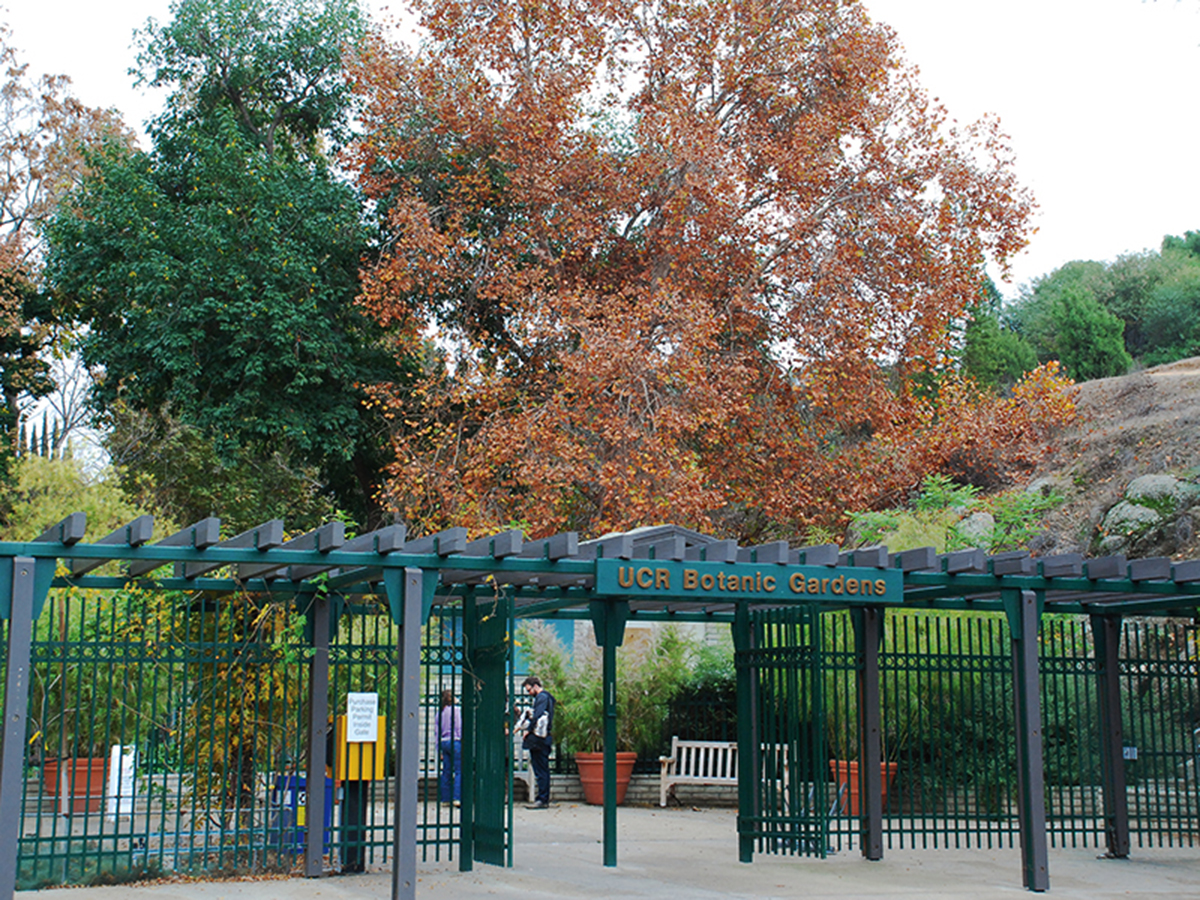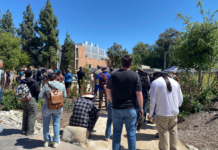Along with 18 other herbaria across California and a few from outside the state, the UCR herbarium is now part of the California Phenology Thematic Collections Network, a project that is dedicated to growing a collective, statewide “plant portal.” This portal consists of a database with imaging and information regarding native California plants, detailing where they grow, what other plants grow with them, when they flower and more.
Each participating institution submits and includes digitized data about plant collections from their own work, as one part of this project’s aim is to make data about native California plants readily accessible for researchers, scientists and the public. Though ultimately, according to Amy Litt, director of the UCR herbarium, the goal is to allow people to study how these plants and their growth habits may be changing over time due to climate changes in local climatic conditions.

In an interview with The Highlander, Andrew Sanders, herbarium curator and project manager, stated that part of the reason that the UCR herbarium was asked to participate in this endeavor is due to the sheer extensiveness of the university’s collection. The university’s herbarium is known to have one of the largest stores of Californian plants in the world and is reportedly highly regarded. “UCR has c.180k CA specimens and so is a fairly representative collection for the state as a whole, and particularly strong for the southern part of the state,” Sanders confirmed.
When discussing progress, Sanders stated that UCR has finished with the basic databasing of their collection, meaning that all labeled information has been inputted into a searchable database. Their staff is now focused on capturing digital images of all university plant specimens. Considering the boundaries of the school’s $750,000 grant, Sanders affirmed that their end target is set to recording 100,000 specimens, half of which have already been documented by the team.
Litt went on to praise the efficient and dedicated work of the herbarium staff, reiterating the significance of this project for not only California, but also the world. “Being able to determine how plants are responding to climate change is important for plant and habitat conservation,” she stated, “which means also important for all the animals that depend on the plants.” Litt emphasized that there must be an understanding of how climate change is affecting plant life in order to devise better plans and strategies to counter the effects.
However, Litt also added that climate change is only the tip of the iceberg. With the massive amount of data that is being collected by UCR and other institutions through this project, there are many other related questions that can be answered regarding plant diversity, evolution, physiology, ecology and more. “It will create a truly unparalleled resource for understanding plants,” she concluded.







